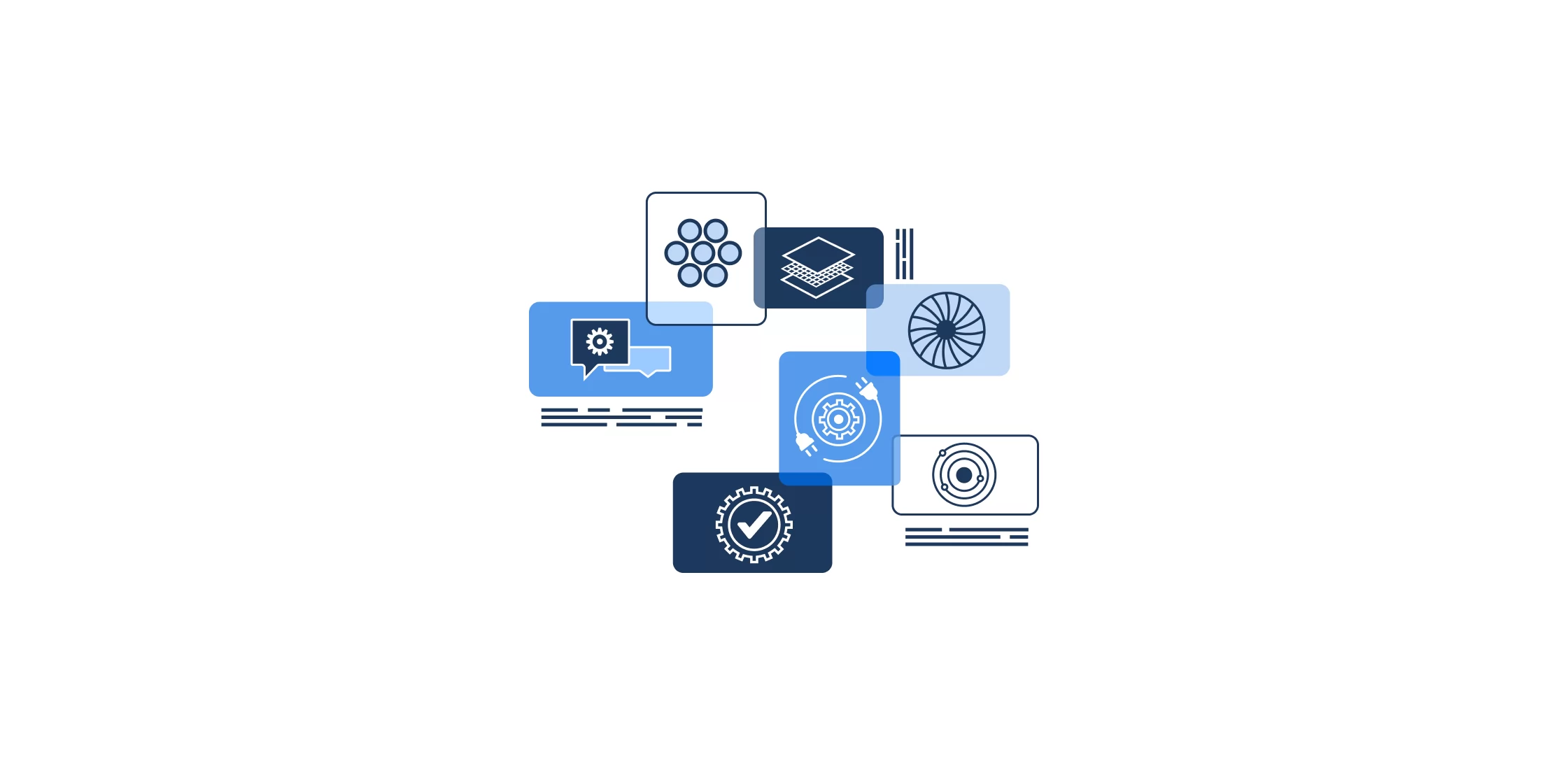Embedded software development is a rapidly evolving field that plays a crucial role in powering various devices and systems we use in our daily lives. From smartphones and wearables to home automation systems and industrial machinery, embedded software drives the functionality and intelligence of these devices. It’s essential to stay updated on the latest trends shaping the embedded software development landscape. In this article, we’ll explore the top trends that are revolutionizing the field and driving innovation.
1. Internet of Things (IoT) Integration
The Internet of Things (IoT) has been a buzzword for a while now, and its impact on embedded software development continues to grow. In 2023, we can expect to see even more devices and systems connecting to the internet and communicating with each other. This integration opens up new possibilities for embedded software developers to create innovative solutions that enhance the functionality and interoperability of IoT devices.
With IoT integration, embedded software developers can leverage cloud computing and data analytics to gather insights and deliver personalized experiences to users. For example, imagine a smart home system that analyzes your energy usage patterns and automatically adjusts the temperature settings to optimize energy efficiency. This level of intelligence is made possible through the seamless integration of embedded software with IoT technologies.
2, Artificial Intelligence (AI) and Machine Learning (ML)
Artificial Intelligence (AI) and Machine Learning (ML) have gained tremendous momentum in recent years and their influence on embedded software development is set to grow even stronger in 2023. These technologies enable devices to learn from data, make autonomous decisions and adapt to user behavior.
Embedded software developers are incorporating AI and ML algorithms into their solutions to enable smart features such as voice recognition, facial recognition, and predictive analytics. For instance, AI-powered voice assistants like Amazon Alexa and Google Assistant have become ubiquitous, providing users with seamless voice-controlled interactions. This trend is only set to accelerate as more devices embrace AI and ML capabilities.
3. Edge Computing
Edge computing is another trend that is shaping the future of embedded software development. In traditional computing models, data is processed in the cloud, leading to latency and bandwidth challenges. However, with edge computing, data processing happens closer to the source. This can reduce latency between the event stimuli and the system response. Embedded software developers are leveraging edge computing to build intelligent devices that can perform local data processing and make instant decisions without relying heavily on cloud connectivity. This trend is particularly significant for applications requiring low latency, such as autonomous vehicles and industrial automation systems. By bringing computing power closer to the edge, embedded software developers are enabling faster and more efficient data processing, opening up a new realm of possibilities.
4. Cybersecurity and Privacy
With the increasing interconnectedness of devices and systems, security and privacy have become paramount concerns in embedded software development. We can expect to see a heightened focus on building robust security measures into embedded systems.
Embedded software developers are adopting secure coding practices, implementing encryption techniques and leveraging advanced authentication mechanisms to protect sensitive data and ensure user privacy. The rise of blockchain technology is also influencing the security landscape, with its decentralized and tamper-resistant nature offering potential solutions for secure data storage and transactions.
5. Open Source and Collaboration
Open source software has been a driving force behind innovation in various domains and embedded software development is no exception. By leveraging open source frameworks and libraries, embedded software developers can accelerate their development cycles, reduce costs, and benefit from a vast community of contributors.
6.Cloud Computing
Cloud computing is a powerful tool that can be used to develop, deploy and manage embedded software. Cloud computing can help embedded software developers to save time and money, and to improve the scalability and reliability of their solutions.
It can be challenging to keep up with the latest trends. Staying updated on these trends is crucial for developers to create intelligent, interconnected and secure systems. By embracing these trends, we can shape a future where embedded systems enhance user experiences, enable real-time decision-making and foster innovation.

